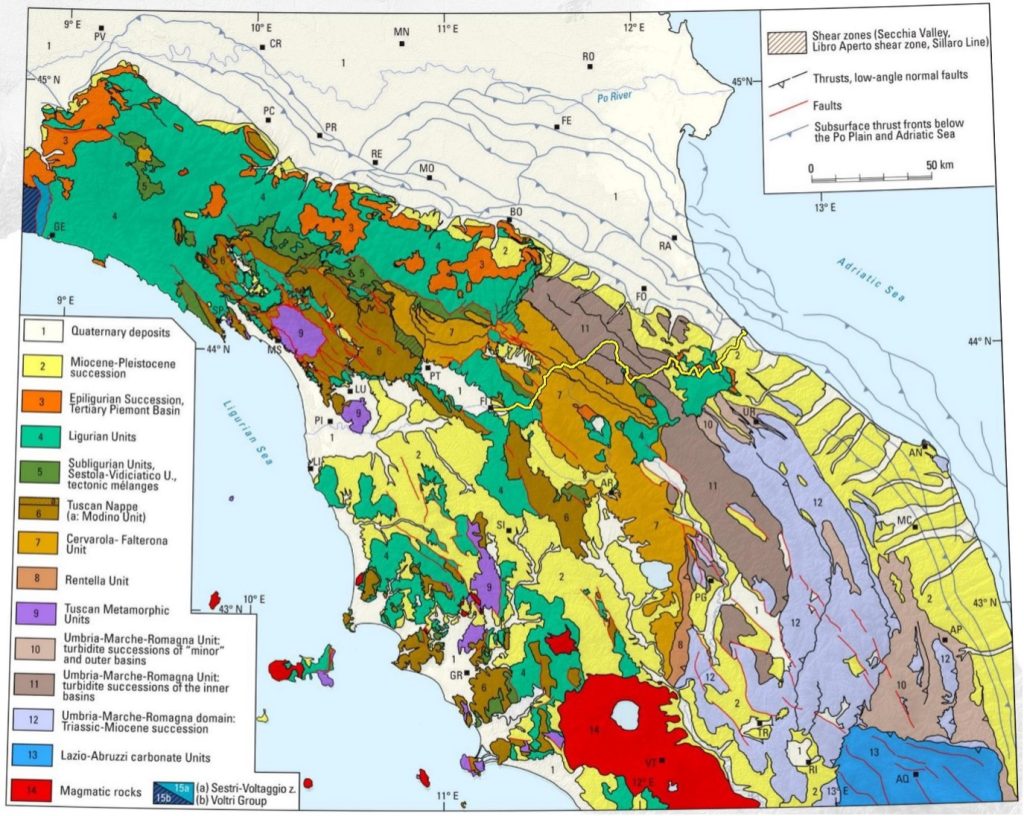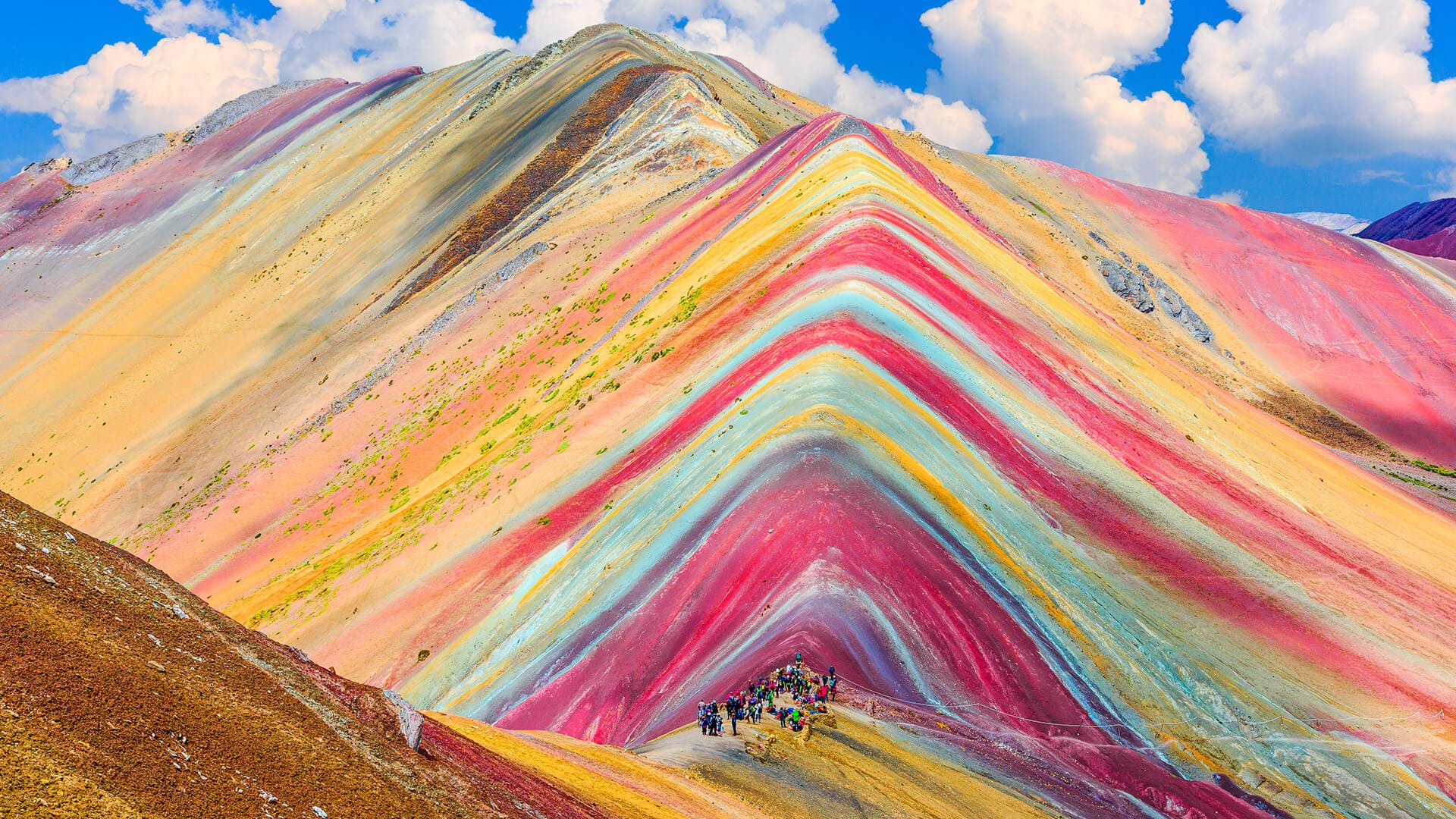The Best Preserved Trilobites
The New Scientist magazine has THIS ARTICLE which is based on the discovery of some remarkably well preserved Cambrian trilobites in Morocco. The original article can be found HERE. Full access is behind a pay wall but you can download a PDF, from the same page, which contains a huge amount of detail, including maps, illustrations and references.
The trilobites were preserved through rapid ash burial in a pyroclastic flow entering a shallow marine environment.





